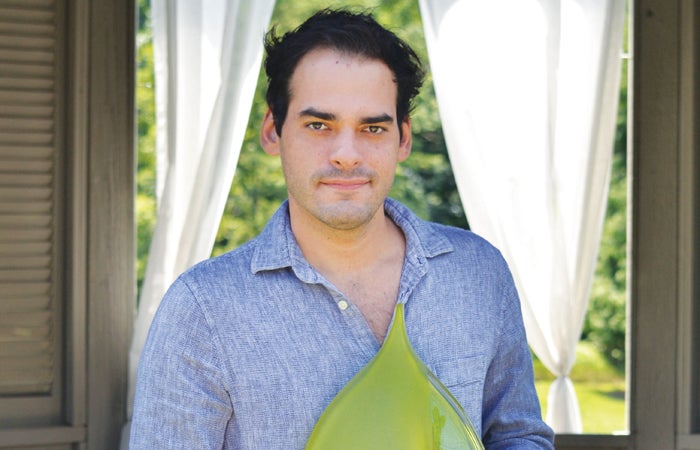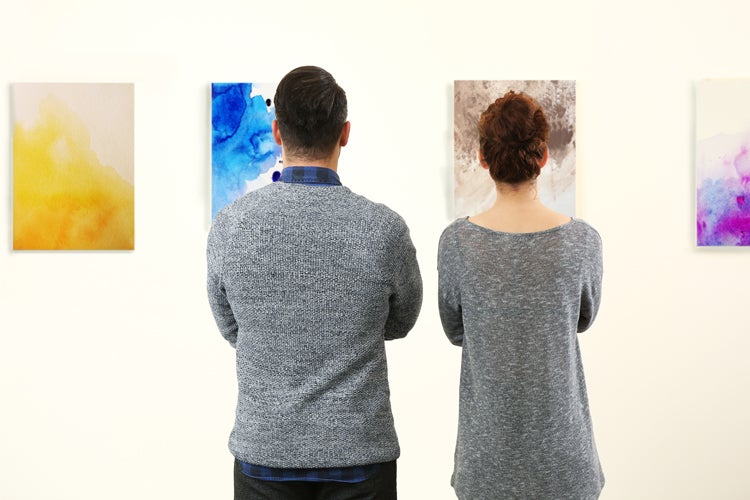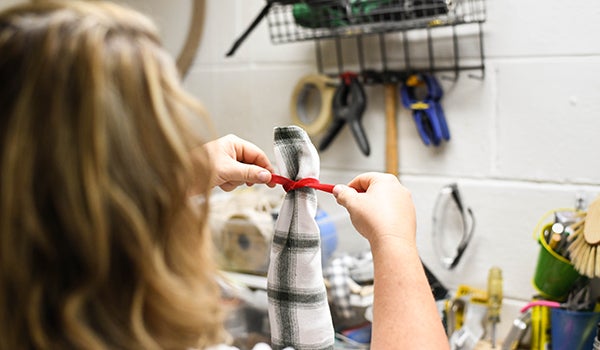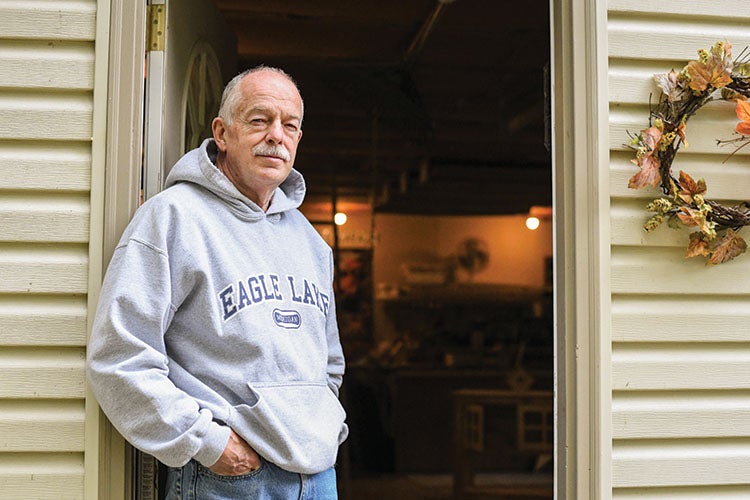Is there a true philosophy to inspiration in art? As humans we pose many queries to our more creatively inclined counterparts because we don’t understand what the deal is with origami, pointillism, ancient Greek marble statues, or even those clay tablets art teachers assign to make in required classes.
Late oil painter and television sensation Bob Ross had his own philosophy about art, which defended the misplacements of paint in most of his works. He repeatedly said on his show, “We don’t make mistakes, just happy little accidents.”
For artists like Ross, the inspiration for making something starts with the intention to control the direction of the material.
In a similar argument to Ross’, Turkish artist Mert Üngor sees the “mistakes” in art instead as an indication of strength in relationship with the material.
“It challenges you and you challenge the material,” Mert says. “But in the end, it’s all about the friendship with the material. You can’t push it to go any direction. You just have to be friends with it and to work with it. … You just need to take it slow, build up the relationship and at one point you’ll figure out a way to make it work your way.”
Mert was born and raised in Antalya, Turkey and learned at a young age that he wanted to make things.
“I didn’t have any specific style or anything like that,” he says. “I just wanted to make stuff.”
His early creative outlets were exercised through school projects, which he says were limiting. The projects were early introductions to commission work in glassblowing.
He started out in metal work with one of his first works being a steel structure resembling a paper airplane of brobdingnagian proportions. Mert says it was about 2,000 pounds and his drive came from how much the class bored him.
In his last year at the Visual Arts Program of Sabanci University, Mert found glassblowing and with it, his life changed forever.
“If you don’t blow into a mold and if you’re doing it free hand, you can’t repeat the same cup,” he says. “The material is very fluid and there’s always a small difference. This part may be a little bit bigger and this part’s smaller, but it isn’t the same every time. That gives me a big inspiration because I like to play with it and sometimes I just want to forget about everything to just make something.”
Since discovering the art of glass blowing, Mert has worked at the Glass Furnace Istanbul, West Texas A&M University, and the Tacoma Museum of Glass, where he has met and worked with some of the best glassblowers all over the world. This past year, Mert has lived in Benton Harbor, and has worked with Water Street Glassworks, while part-time teaching at Ox-Bow School of Art and Artists’ Residency.
“Last year alone I had four solo show exhibitions, which is a lot for any artist,” he says. “Most of the time, artists will get one solo show every two or three years.”
His four solo shows took place at West Texas A&M, in Kalamazoo and Benton Harbor, and at Fernwood in Niles.
During his time at Water Street, he met founder Jerry Catania, who was one of the first people to introduce glassblowing to the United States. Mert said working with Jerry has been one of the highlights working at Water Street because of the artist’s talent and healthy relationship with him.
“He’s in his seventies and he still does it,” Mert says. “He’s super talented and a great person. It was a great honor for me to work with someone who has been there since the beginning, has seen all the development in the material, and saw and worked with different artists.”
Mert also pointed to a few other people who have enhanced his experience at the facility. Eli Zilka was one of the people who helped him in his exhibition.
“It’s a teamwork thing,” Mert says of Eli. “You want [your assistants] to be able to speak the same language. You don’t have the same struggle to explain everything to him.”
Given the time sensitivity and occasional complexity of a project, Mert says he appreciates Eli’s strong grasp of the glassblowing process while making quick decisions.
Mert also lists three of the workers from the glassworks: Jordan, Lynne and Lexi. He has high praise for Lexi because despite her tender age of 17 years, she is committed to her work and helped him with the production of the waterworks such as pumpkins, Christmas ornaments and vases.
“It’s a good place to show your work,” Mert says of the state of Michigan. “People here definitely appreciate your work, art and especially for something as unique as glassblowing.”
As for what he plans do after he leaves Benton Harbor at the end of the summer, Mert says he wants to travel around the world and focus on his personal work, instead of teaching. Who can blame him? If his philosophy on art inspiration is any consolation, his return to his personal work will be like the season of life, where best friends pick up where they left off in their relationship.
Photos by Emily Sobecki





